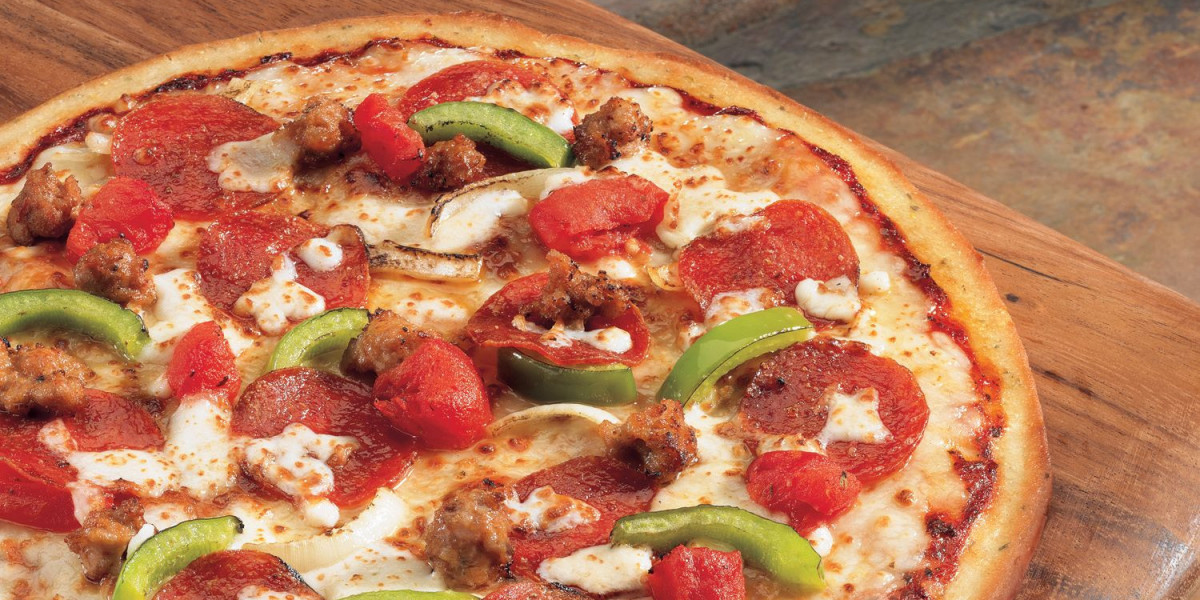Introduction
As the demand for gluten-free foods continues to grow, the gluten-free pizza crust market is becoming a key battleground for both private labels and premium brands. With more consumers embracing gluten-free diets due to celiac disease, gluten sensitivity, or lifestyle choices, retailers are expanding their offerings to cater to diverse price points and preferences. This has sparked an interesting dynamic between budget-friendly private labels and high-end premium products—each with distinct strategies, strengths, and challenges.
Private Labels: Affordability and Accessibility
Retailer-Owned Innovation
Private label gluten-free pizza crusts—typically sold under supermarket house brands—are gaining traction due to their affordability and growing quality. Supermarket chains like Trader Joe’s, Whole Foods 365, and Walmart’s Great Value offer gluten-free crust options that rival national brands in taste and nutrition.
Key Strengths:
Competitive Pricing: Cost-effective options make gluten-free products accessible to a broader audience.
Shelf Space Advantage: Retailers prioritize their own brands in prime in-store locations.
Consumer Trust in Retailers: As retailer reputations grow, so does confidence in private label offerings.
Limitations:
Limited Innovation: Private labels often follow trends rather than lead them.
Basic Branding: Simpler packaging and less emotional appeal may hinder long-term loyalty.
Less Variety: Typically offer fewer flavors or dietary variants compared to premium counterparts.
Premium Brands: Quality and Differentiation
Innovation and Lifestyle Branding
Premium brands like Cali’flour Foods, Capello’s, and Simple Mills have built loyal followings by offering high-quality, nutrient-dense, and lifestyle-aligned gluten-free crusts. These products are typically crafted with ingredients like almond flour, cauliflower, or chickpeas, and are often marketed as grain-free, paleo, or keto-friendly.
Key Strengths:
Product Differentiation: Unique recipes, superior taste and texture, and clean labels attract health-conscious consumers.
Strong Brand Identity: Vibrant packaging and storytelling create emotional connections with buyers.
Cross-Channel Presence: Available in both retail stores and direct-to-consumer platforms, allowing greater reach.
Challenges:
Higher Price Points: Premium gluten-free crusts can be 2–3 times more expensive than private label alternatives.
Niche Appeal: Products may be too specialized for mass-market adoption.
Retail Competition: Shelf space is increasingly competitive as retailers push their own brands.
Retail Strategy: Coexistence or Competition?
Rather than being mutually exclusive, private labels and premium brands often coexist within the same retail environments—each serving distinct consumer segments. While private labels target price-sensitive and casual gluten-free consumers, premium brands appeal to wellness-focused shoppers willing to invest in quality.
Retailers benefit from offering both:
Wider market coverage across demographics.
Increased basket size by offering trade-up options.
Differentiated experiences for value vs. premium shoppers.
Looking Ahead: Strategic Collaboration Opportunities
As the market matures, there is potential for collaborations between retailers and premium brands. This may include:
Exclusive product lines (e.g., Whole Foods carrying exclusive Simple Mills SKUs).
Co-branded packaging that combines the strength of retailer trust with premium quality.
Shared marketing efforts focused on health trends and dietary education.
These partnerships can drive growth while enhancing both brand equity and consumer loyalty.
Conclusion
The gluten-free pizza crust market is evolving through a dual-path strategy—balancing the value proposition of private labels with the innovation and identity of premium brands. As consumer demand diversifies, successful retailers will be those who leverage both approaches to create a comprehensive, compelling product portfolio. Whether through competitive pricing or standout product storytelling, the future of gluten-free crusts will be shaped by strategic retail positioning and smart brand alliances.








